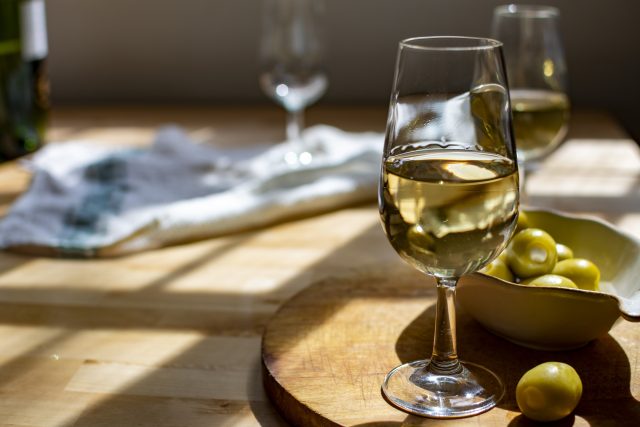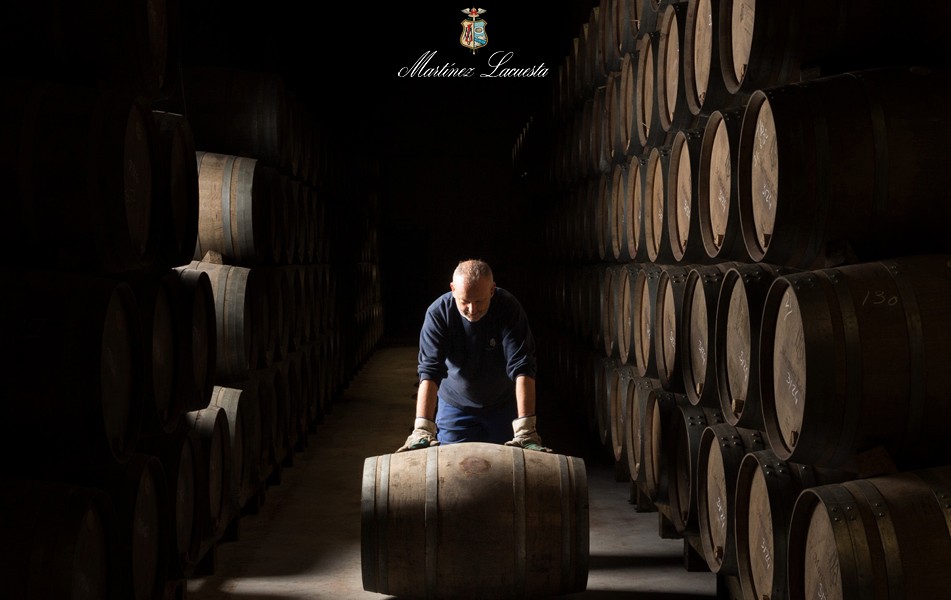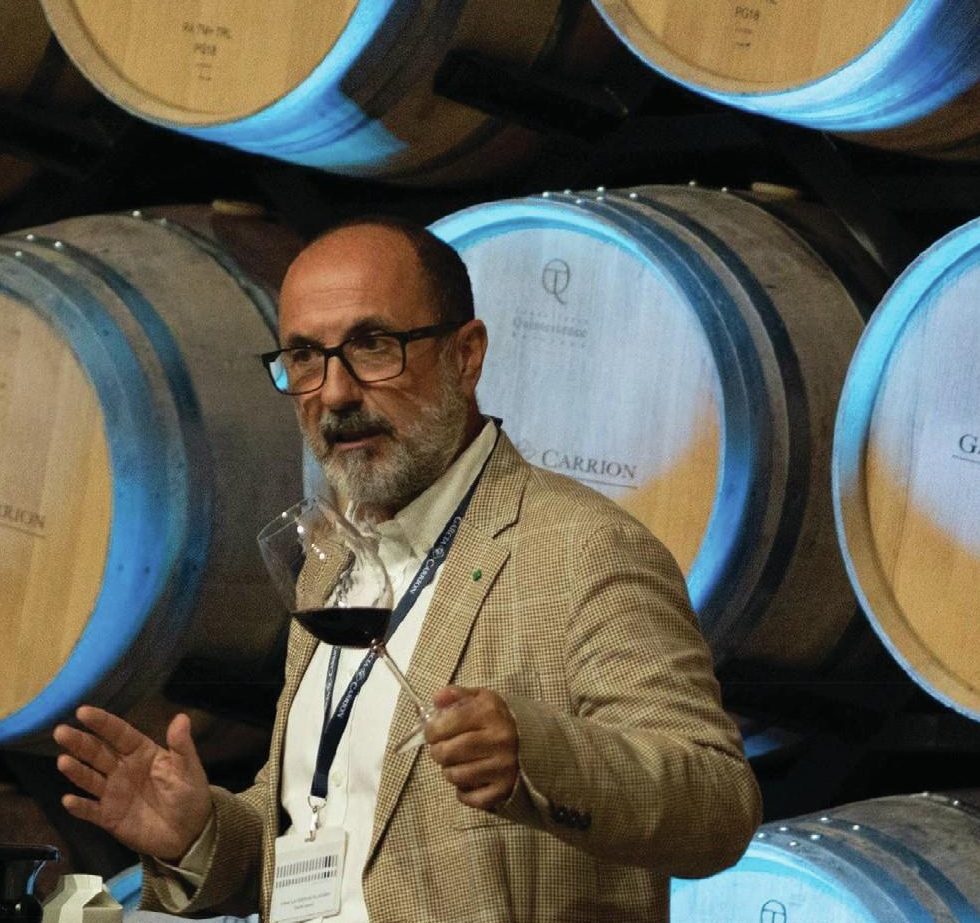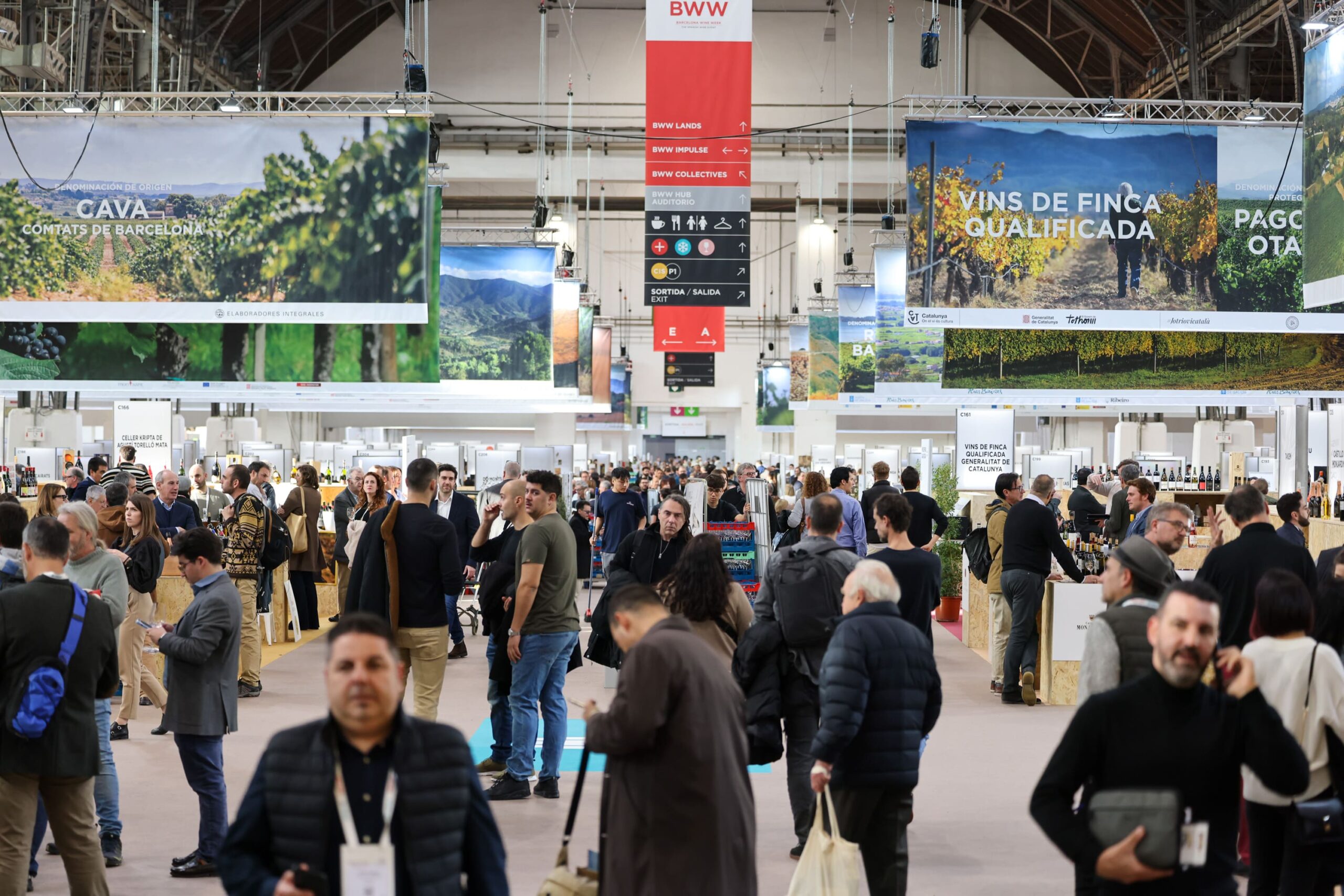Sherry producers are starting to make table wine
As Sherry sales plummet, producers are turning to Vinos de Pasto to put their grapes to good use, reports Chris Losh.

The last 50 years have not been kind to Sherry as a category. Sales are in steady – and apparently irreversible decline. And while – viewed with the longest of lenses – this might mean a return to levels of production and export that were in existence before the extraordinary explosion in the 1960s and 1970s, its doubtful how much comfort this is to existing producers, sitting on growing amounts of stock.
For some Sherry-makers, the best hope for the future seems to lie in being bought by a distillery to produce sherry casks for ageing whisky. It’s a demoralising situation for a proud category.
And yet, there is a ray of hope in the region – even excitement. And it comes not from Sherry but table wine.
Vinos de Pasto are dry white wines made (nearly always) from Palomino and they are firing the imagination of cognoscenti, hipsters and sommeliers across Spain, northern Europe and the US. Many of them fetch the kind of prices that all but the finest Sherries could only dream of, and production is growing.
It’s important not to get carried away. The number of producers making Vinos de Pasto is still small (Willy Perez of Bodegas Luis Perez estimates there are currently 15-20 producers, which would mean around 30% of Sherry producers are producing table wines. And the volumes are minuscule compared to Sherry. This is not – yet at least – a situation where table wine sales will surpass those of fortified.
Symbolic significance
But, as Perez points out, new projects are “emerging constantly”. And their symbolic significance – of being a genuinely exciting addition within a category that has struggled to attract attention for decades – is huge.
“It is a growing business for us,” says Fermin Hidalgo, general manager (and eight generation family member) of Hidalgo. “It is still a tiny part of our business [but] we think it will keep growing and it may become a significant part of our business in the future.”
Barbadillo have some, and even Gonzalez Byass are experimenting.
Currently, Vinos de Pasto have the somewhat unglamourous classification of Vinos de Tierra de Cadiz, but Sherry’s Consejo are working to create a new DO for them. The style of the wines has largely been agreed on, but the name remains unclear.
Some in the region feel it should refer to the Jerez region, others that it should relate to the chalky soil on which the vines are grown. Cesar Saldana, president of the Consejo, thinks it could be at least two years before any conclusions are reached.
The term Vinos de Pasto translates, roughly, as ‘grazing wines’ (not ‘grass-fed wines’ as Google Translate would unhelpfully have you believe) because they are food-friendly and easy to drink.
They are, essentially, about two things: albariza soil and the palomino grape. That these two elements work together well is not exactly news. But until recently this relationship was a subplot to barrels, flor and ageing.
“Wineries never spoke about the vineyards they had that created the amazing juice,” says David Canadas, Spanish buyer at UK importer les Caves de Pyrene. “Once they started focusing on the vineyard, the next logical step was to showcase it more clearly by not fortifying the wine and leaving it in barrels in a solera system for years at a time.”
Vinos de Pasto are – literally – a drill down into chalk, and one that, according to Fermin Hidalgo, ‘better reflects the classic terroir than fino or manzanilla’.
The best vineyards – such as the Macharnudo cru – are generally on the top of the rolling hills where the chalk is at its purest. There are four main types of albariza depending on their texture and percentages of sand and clay (Tosca Cerrada, Barajuelas, Lentejuelas and Albariza Parda), but some producers go into far more detail than that.
Partner Content
Uber-terroirist Ramiro Ibanez of Coto 45 suggests there are 22 types and sub-types of albariza “with differences in the mineral part, in the textures and the fossil composition.” The terroir is evident in freshness and zip – even a chalky mouthfeel – in the wines.
Once picked, some producers leave a proportion of the grapes to partially dry in the sun (asoleo). Willy Perez, of Bodegas Luis Perez, says this is “to reach a higher level of complexity in the mouth, with more layers and textures.’”Though alcohol levels remain low. Around 12% ABV is typical.
There’s further room for interpretation in the winery, too, with some producers using 100% stainless steel, and others using Sherry/manzanilla casks for fermenting/ageing. With old botas, there is no overt wood flavour, but there can sometimes be a faint tang from the fino or manzanilla that occupied it – Ramiro Ibanez calls it ‘a memory of the winemaking process’.
This being Sherry, there can even sometimes be an influence from flor – the naturally-occuring layer of yeast froth normally associated with manzanilla. ‘We let it come out if the wine demands it,’ says Willy Perez. Tangy, zesty, fruity and mineral, the end results can be astonishing.
Valdespino, meanwhile, ferments its Macharnudo Alto Barrel Fermented Palomino in American oak and gives it six months on lees to add depth and texture.
“Palomino is a very malleable grape,” says Tim Holt, export manager at Barbadillo. ‘It’s like tofu. You can do what you like with it.’
Unifying DNA
From a simple starting point – Palomino plus albariza – there are already a remarkable array of styles, though Ben McVeigh, co-founder of independent retailer Peckham Cellars in south London, sees a unifying DNA.
“At their best, [Vinos de Pasto] are almost the essence of minerality,” he says, “and have a relatively unique quality in that they have a sense of freshness without being acidic.”
This combination makes them hugely food-friendly, and – with the term ‘mineral’ baked in – it’s no surprise that they’ve attracted the attention of sommeliers. The wines are not, in absolute terms, cheap necessarily. But they are still good value, particularly given the soaring price of white Burgundy – a wine style with which Jancis Robinson, no less, has compared them.
What the category possibly needs is more bigger-volume expressions at cheaper prices to act as an affordable gateway. Caves de Pyrene has recently created its own stainless steel dry white wine for sub-£10 trade price – which hits key price points for both retailers and restaurants. It has, says David Canadas, “been extraordinarily successful.”
“Sommeliers are looking for fun wines that offer something different, and the Palomino story works well in this context,” says Ignacio Lopez de Carrizosa of Grupo Estevez.
Lack of consumer knowledge currently means that Vinos de Pasto are something of a hand-sell – probably for consumers who are interested in unusual varieties. But the renaissance of less usual indigenous varieties from established areas and interest in both lower-alcohol and more subtle, food-friendly styles has given the still wine producers of Jerez an opportunity that didn’t exist 20 years ago.
“People trying and buying these wines are also into Georgian Kisi, Burgundian Aligoté, Portuguese Moscatel, etc,” says Peckham Cellars’ McVeigh.
Interest at the moment is mostly being driven by Spain, the US and Canada, though a growth in production would surely ignite glowing embers in the UK, Scandinavia and Japan as well. Small allocations drive hype amongst the congnoscenti, but volumes could probably double or triple without there being any danger of overproduction.
All Pasto producers agree that there’s an education job to be done, but remain hugely confident about the future.
When asked whether he thinks this style of wines will keep growing over the next 20 years, Cesar Saldana, head of the Sherry Consejo responds with just two words: “sin duda”. Undoubtedly…
Related news
Sherry Week 2025 breaks records with global surge in events and new cocktail focus
Sherry Week 2025: UK retailers join the record-breaking celebration




